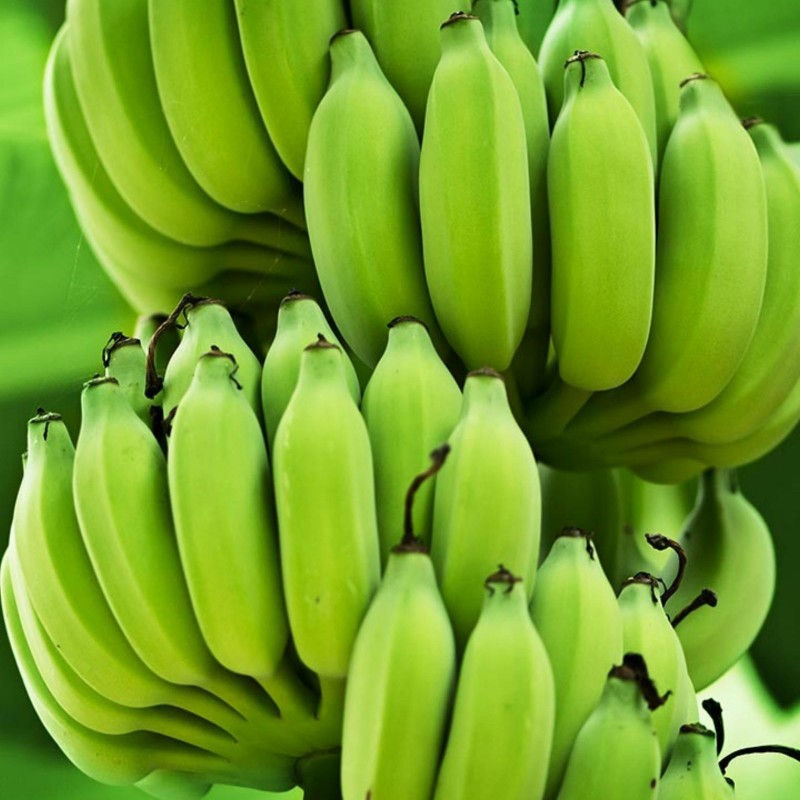Categories
Other Pages
- Age on other Planets
- Aliens
- American Flag
- Annuals
- Avoiding Scams
- Awareness Ribbons
- Baileys Liqueur
- Bananas
- Banana Tree, Grand Nain
- Banana Tree, Ice Cream
- Banana Tree, Zebrina Rojo
- Beekeeping
- Bleach
- Boogaloo
- Bookmarks
- Bullying
- Cats
- Chillicothe Businesses
- Christmas Tree
- Ciroc Vodka
- Coffee Pods
- Color Codes Chart
- Consumer Resources
- Consumer Resources - Elders
- Credit Score Checkers
- Credit Scores
- Death Checklist
- Disaronno Amaretto
- Donation
- Drug Test
- Eye Teasers
- Fonts
- Foods To Regrow
- Friend
- Funny Things
- Fun Stuff
- Giving
- Growing Blueberries
- Halloween
- Halloween Treats
- Hello!!
- Home Bar
- House Plants
- Hunger Facts
- Interesting Facts
- Kinds of Tea
- Lucky Bamboo
- Macaroni!!
- Missouri
- Missouri Prisons
- National Foundations
- Never Forget
- New Page Soon
- One Little Rose
- Orchid Growing
- Orchid Sources
- PayPal.Me
- Perennials
- Phobias A-Z
- Plant Care
- Plant Zone Map
- Propagating Plants
- Ragtime Music
- Recipes I like
- Roses
- Sadie & Beethoven
- Scam Calls
- Smile
- Speed Test
- Spices You Need
- Spices I Have
- State Trees
- Superstitions
- Symbols
- Tequila Rose
- The Ten Commandments
- Top Alcohol
- Top Animated Movies
- Top Comedy Movies
- Top Expensive Movies
- Toyota Yaris 2008
- Toyota Yaris 2012
- Tree, Calamondin Orange
- Tree, Meyer Lemon
- Tree, Persian Lime
- US Bill of Rights
- US Constitution
- US Declaration of Independence
- UV Vodka
- Weight on other Planets
- Wine Clubs
- Wines
- Wines - Missouri
Needed to read PDF's
Zebrina 'Rojo' Banana Tree
Musa sumatrana 'Zebrina'

The Zebrina Rojo (or blood banana) has spectacular blue-green leaves striped with red variegation. The small, sweet fruit contains seeds. The Zebrina is well-adapted to container growing. Plant this variety indoors our outdoors for a striking centerpiece in your garden.
Zebrina Rojo Banana Care
Fertilizer
Fertilize bananas using any type of high nitrogen organic fertilizer. Bananas are heavy feeders so we suggest that you fertilize every couple of months After your initial watering.
Light and Temperature Requirements
Grow bananas in BRIGHT LIGHT. 12 hours of bright light are ideal for most varieties. bananas prefer Constant WARMTH this is very important – the ideal night temperature would be 67 F. The day temperatures would be in the 80s. Ideally you would have fresh circulating air.
If you are in a more northern climate you may bring them during the winter. rhizome / root ball and all, remove the leaves and store the plant, dry, in a heated area over winter. To assure survival, it is easier to dig small suckers, severed very close to the parent rhizome, and pot them for over wintering indoors. Spacing should be at around 4′ this will produce a stand or patch.
Planting
We recommend planting Bananas in patches or groves, placing them together in a stand. The shade from a stand of bananas is generally cooler than regular shade, a well placed hammock will do nicely on a hot summer day.
After fruiting, the mother plant which bore should be cut off near ground level, as it can never produce again. If cut into three or four pieces with each piece then being split lengthwise the old trunk will quickly decompose. Use the remains in a mulch bed or compost heap.
After a major cold period in which there is no doubt that bananas were killed to the ground, cut the plants off at ground level within a couple of weeks of the freeze. Dead bananas are not very attractive and they are much easier to cut off before decomposition starts. banana leaves can be removed after they break and hang down along the trunk.
Most bananas will produce the flower bud within 10 to 15 months of emergence as a new sucker, depending mostly on variety and extent of cool/cold weather. Most production north of the lower Rio Grande Valley occurs in the spring and summer following a particularly mild winter.
Banana Propagation
Bananas can be propagated from pups which are the off shoots from mature plants. These off shoots will form new Rhizomes thus creating a new plant. Commonly referred to as a pseudo stem or trunk, bananas possess a trunk-like feature composed of fiber ridden leaves.
Pests and Diseases
When it comes to Pests and Diseases Bananas have few troublesome pests or diseases outside the tropics. Root rot from cold wet soil is by far the biggest killer of banana plants in our latitudes.
General Information
Broad, long, graceful leaves and rapid growth-commonly reaching full size in just a few weeks-make banana a favorite plant for providing a tropical look to pool and patio areas. The development of bananas following a frost-free winter is a source of both pride and amazement to those unfamiliar with banana culture.
Bananas are a tropical herbaceous plant consisting of an underground corm and a trunk (pseudostem) comprised of concentric layers of leaf sheaths. At 10 to 15 months after the emergence of a new plant. There are thousands of banana varieties and some species reach up to 50 feet in height.
Additionally Banana flowers appear in groups (hands) along the stem. These hands are covered by purplish bracts which roll back and shed as the fruit stem develops. The first hands to appear contain female flowers which will develop into bananas (usually seedless in edible types). The number of hands of female flowers varies from a few to more than 10, after which numerous hands of sterile flowers appear and shed in succession, followed by numerous hands of male flowers which also shed. Generally, a bract rolls up and sheds to expose a new hand of flowers almost daily.
The most common names for bananas are Musa acuminata, Musa balbisiana, banana, plantain, banano, platano, guineo, cambur, English, plantain, horse banana, platano, Musaceae, Cavendish and Musa.
Banana Sap
Banana sap is a more like water than sap but will slightly stain clothes if your not careful. However some find it to be a mild irritant.
Find me on Social Media
 |
Don't forget to bookmark me to see updates.. Copyright © 2000 - 2025 - K. Kerr Most recent revision November 19, 2025 07:05:29 AM
|











